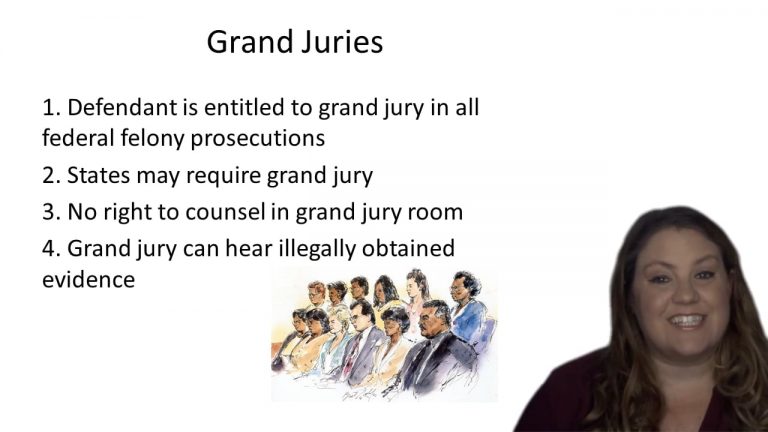SmartBrief
Confirm favorite deletion?
Criminal Procedure Keyed to Ohlin
Kansas v. Hendricks
Citation:
521 U.S. 346 (1997)Facts
The Kansas Legislature enacted the Sexually Violent Predator Act in 1994 to grapple with the problem of managing repeat sexual offenders. As originally structured, the Act’s civil commitment procedures pertained to a presently confined person who, like Hendricks, has been convicted of a sexually violent offense and is scheduled for release; a person who has been charged with a sexually violent offense but has been found incompetent to stand trial. In 1984, Hendricks was convicted of taking indecent liberties with two 13-year-old boys. After serving nearly 10 years of his sentence, he was slated for release to a halfway house. Shortly before his release, however, the State filed a petition in state court seeking Hendricks’ civil confinement as a sexually violent predator. Hendricks appeared before the court and moved to dismiss the State’s petition on the grounds that the Act violated various federal constitutional provisions.
Only StudyBuddy Pro offers the complete Case Brief Anatomy*
Access the most important case brief elements for optimal case understanding.
*Case Brief Anatomy includes: Brief Prologue, Complete Case Brief, Brief Epilogue
- The Brief Prologue provides necessary case brief introductory information and includes:
Topic:
Identifies the topic of law and where this case fits within your course outline.Parties:
Identifies the cast of characters involved in the case.Procedural Posture & History:
Shares the case history with how lower courts have ruled on the matter.Case Key Terms, Acts, Doctrines, etc.:
A case specific Legal Term Dictionary.Case Doctrines, Acts, Statutes, Amendments and Treatises:
Identifies and Defines Legal Authority used in this case.
- The Case Brief is the complete case summarized and authored in the traditional Law School I.R.A.C. format. The Pro case brief includes:
Brief Facts:
A Synopsis of the Facts of the case.Rule of Law:
Identifies the Legal Principle the Court used in deciding the case.Facts:
What are the factual circumstances that gave rise to the civil or criminal case? What is the relationship of the Parties that are involved in the case.Issue(s):
Lists the Questions of Law that are raised by the Facts of the case.Holding:
Shares the Court's answer to the legal questions raised in the issue.Concurring / Dissenting Opinions:
Includes valuable concurring or dissenting opinions and their key points.Reasoning and Analysis:
Identifies the chain of argument(s) which led the judges to rule as they did.
- The Brief Prologue closes the case brief with important forward-looking discussion and includes:
Policy:
Identifies the Policy if any that has been established by the case.Court Direction:
Shares where the Court went from here for this case.

 5m 1s
5m 1s